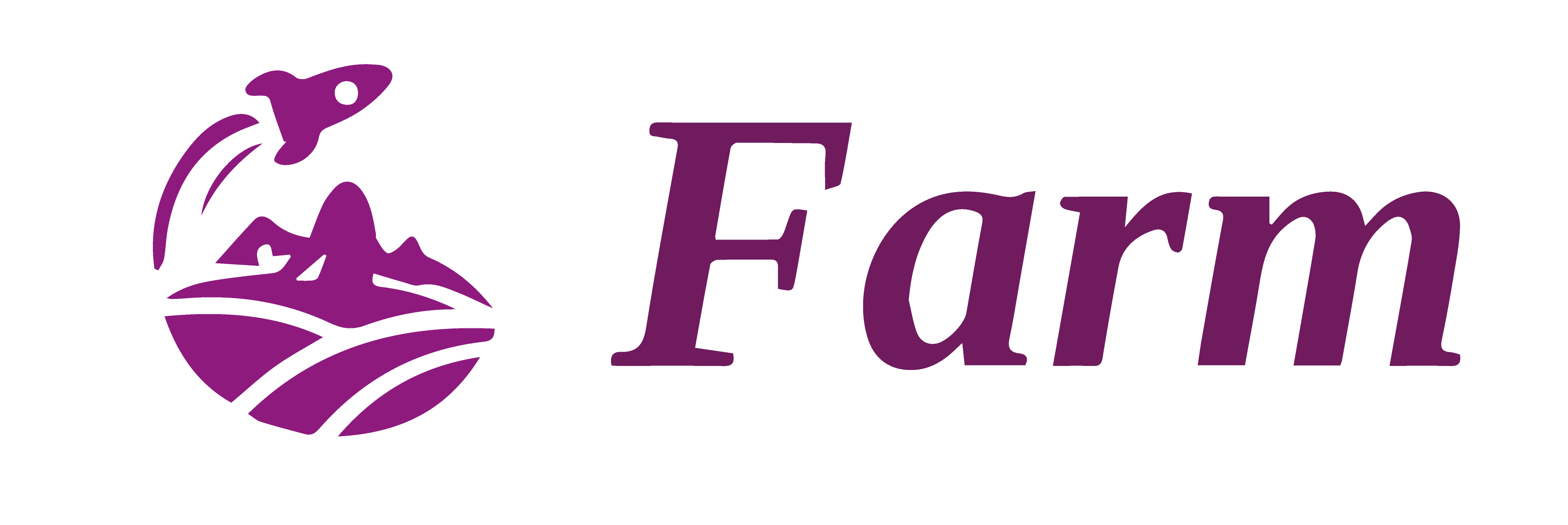Static Assets
Since v0.4 Farm supports three resource loading methods:
url,inline,raw。
url
Import a image:
import rocketUrl from './assets/rocket.svg'; // return the url of this image
export function Main() {
return <img src={rocketUrl} /> // using the url
}
Default to use url method when import a image. When using url methods to import a image, the image will be emitted to the output dir directly, and the image module itself will be compiled to a js module like:
export default '/rocket.<content hash>.svg'
using compilation.output.assetFilename to config your asset name。
inline
Using query ?inline to tell Farm that you want to inline your assets,then the assets will be transformed to base64,for example:
// importer
import logo from './assets/logo.png?inline'; // logo is a base 64 str
// the image module will be compiled to:
export default 'data:image/png,base64,xxxxx==';
raw
Using query ?raw to tell Farm that you want to read the raw string of the assets, for example
// import
import logo from './assets/license.txt?raw'; // return the content string of the assets
// the txt file will be compiled to:
export default 'MIT xxxx';
Configuring Assets
- Using
compilation.output.assetFileNameto control the production file name - using
compilation.assets.includeto treat more kind of files as asset modules.
export default {
compilation: {
output: {
assetFilename: 'assets/[resourceName].[hash].[ext]', // [] is a placeholder, Farm currently only these three kind of placeholders
},
assets: {
include: ['txt'] // extra static asset extension
}
}
}
